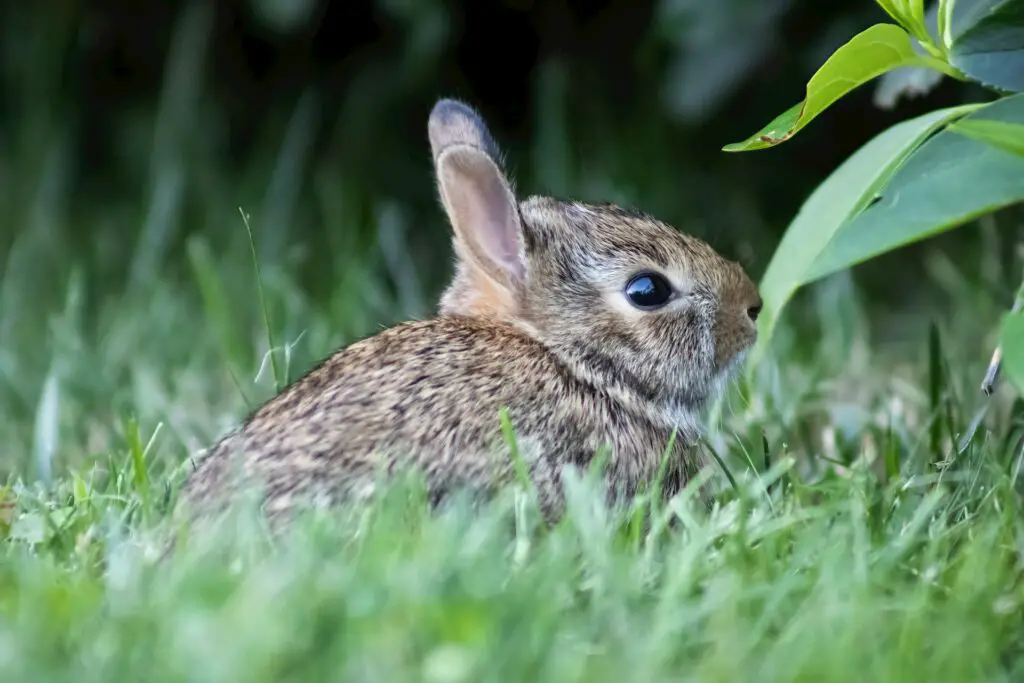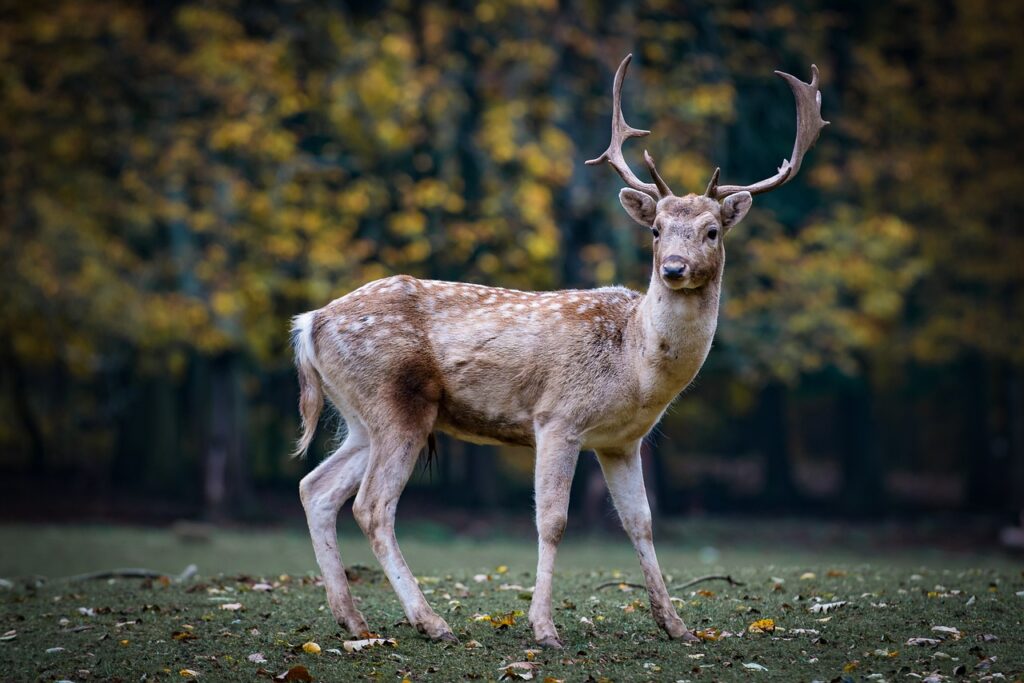
Mulberry trees, known for their lush foliage and delicious fruit, have a contentious standing in some regions, facing regulations or outright bans. The reasons for these restrictions are often ecological, tied to the potential impact of these trees on local environments. In certain areas, non-native mulberry species have become invasive, jeopardizing indigenous plant and animal life by altering habitats and competing for resources. This invasive characteristic of some mulberry species is a primary driver behind their illegality.
Additionally, the male trees of some mulberry species are notorious for producing vast amounts of pollen, which can exacerbate allergies among the human population. In urban and suburban locales, this has led to a public health concern, prompting legislation to control or prevent the planting of these species. This response to health concerns reflects a broader trend in urban planning and public policy of managing plant species to maintain the well-being of the communities.
Key Takeaways
- Mulberry trees are restricted in some regions due to their invasive nature and potential environmental impacts.
- They may exacerbate allergies, leading to public health concerns and additional reasons for regulation.
- Policies surrounding mulberry trees are informed by ecological and health considerations, reflecting urban planning trends.
Origins and Cultural Significance
Mulberry trees have a long-standing history that intertwines with human civilization, notably for their role in silk production and various cultural traditions.
History of Mulberry Trees
The history of mulberry trees, Morus, spans thousands of years, with their cultivation being closely linked to the practice of sericulture. These deciduous trees are native to the warm, temperate, and subtropical regions of Asia, Africa, and the Americas. Historical records from China indicate that mulberry trees have been cultivated since at least 2700 BCE for their leaves, which are the primary food source for silkworms.
Mulberry Trees in Silk Production
Silk production, or sericulture, is the process of cultivating silkworms to produce silk. Mulberry trees are critically important in this process because they are the preferred food source for the Bombyx mori silkworm, which feeds exclusively on mulberry leaves. The quality of the silk is highly dependent on the health and variety of the mulberry tree, making them central to the production of high-quality silk fabrics.
- First domestication of Bombyx mori: Believed to be in China.
- Primary use of mulberry leaves: Feeding Bombyx mori silkworms.
- Connection to industry: Silk production has traditionally been a significant industry in countries like China, Japan, and India, where mulberry trees are widely cultivated.
Cultural and Traditional Roles
Aside from their economic importance, mulberry trees hold substantial cultural and traditional roles. In traditional medicine, various parts of the mulberry tree, such as the leaves, bark, and fruit, have been used for their medicinal properties. Moreover, mulberry trees feature in several cultural narratives and mythologies. For instance, in Greek mythology, the morus tree is associated with the tragic love story of Pyramus and Thisbe, where the deep red color of mulberry fruits is attributed to the blood of the ill-fated lovers.
- Traditional medicine:
- Leaves: Used to treat fever, colds, and inflammation.
- Bark: Employed for its purported antiseptic and digestive properties.
- Mythology: Mulberry fruits’ color is linked to legends in Greek and Roman tales.
Reasons for Illegality
Mulberry trees, particularly the white mulberry species, are considered illegal in some areas due to significant environmental and health concerns. Their invasive nature often leads to detrimental impacts on local ecosystems and biodiversity, while their pollen is a major allergen causing health issues for many people.
Environmental Concerns
Biodiversity: White mulberries can outcompete native flora, leading to a loss of plant diversity. They take over spaces where indigenous plant species would normally thrive, which can dismantle the local habitat and food sources for native wildlife.
Ecological Impact: The spread of mulberry trees can disrupt ecosystem functions. Their aggressive growth pattern and ability to produce vast quantities of seeds allow them to dominate landscapes quickly, altering soil composition and impacting the overall health of the environment.
Public Health and Allergies
Allergy Sufferers: Mulberry trees produce a significant amount of pollen, which can cause severe allergic reactions. Pollen from these trees is a common culprit for respiratory issues, particularly in allergy sufferers.
Health Risks: The presence of mulberry trees has been associated with increased rates of hay fever and asthma attacks. Due to these health risks, their growth is often controlled or prohibited in urban and suburban areas to protect public health.
Invasive Nature and Impact
Invasive Species: White mulberries are classified as an invasive species in various regions. This status indicates that they possess characteristics that enable them to spread rapidly and cause harm to environments, economies, or human health.
Environmental Impact: They outcompete native species for resources and can alter the ecological balance. This can result in illegal plantings to be subject to eradication to preserve the integrity of local ecosystems and prevent further invasive impact.
Regulations and Restrictions
The mulberry tree, known for its sweet fruit and silk-producing leaves, faces various regulations and restrictions due to its tendency to spread and affect local ecosystems.
Legislation and Ordinances
Various municipalities and states have enacted legislation aimed at controlling the cultivation and spread of mulberry trees. These laws often prohibit the planting of new mulberry trees and can extend to the detailing of specific regulations for tree removal. For instance, some local ordinances may require a permit to remove or trim mulberry trees, or mandate that only certified professionals can undertake such tasks.
Impact on Gardening and Agriculture
- Gardeners: The desire to plant mulberry trees in private gardens can be affected due to their classification as invasive in certain areas. Regulations often restrict this cultivation to control the spread of the tree’s pollen and seeds.
- Agriculture: Agricultural policies sometimes include provisions that underscore the impact of mulberry trees on crops, as their invasive roots and broad canopies can compromise agricultural land and compete with local flora for resources.
Enforcement and Removal Efforts
Regulatory bodies enforce the control and removal of mulberry trees through monitoring and compliance checks. Removal efforts often involve:
- Identifying the presence of the trees through inspections.
- Issuing notices or fines to property owners who fail to comply with mulberry tree regulations.
- Carrying out or overseeing the removal process to ensure that it is done in accordance with environmental protection standards.
These measures are critical to maintain the designated balance between mulberry tree populations and local ecologies.
Looking Ahead
The future of mulberry trees, in terms of their legality and acceptability, is a subject that hinges on regional governance and environmental impact assessments.
Legal Status in Specific Regions
Texas and Arizona represent two distinct stances on the legality of growing mulberry trees. In Texas, certain species of mulberry trees are prohibited due to their high pollen production, which can aggravate allergies. Conversely, Arizona has not enforced a statewide ban, but many communities encourage the planting of alternative, non-allergenic trees.
- Texas:
- Prohibited species: Morus alba, Morus nigra
- Allowed species: Morus rubra (native species)
- Arizona:
- Statewide position: No formal ban
- Local recommendations: Preference for low-pollen trees
Potential for Re-Evaluation
The reassessment of mulberry trees centers on their environmental impact and urban planning considerations. Environmentalists promote the use of native species to support local ecosystems, which may influence changes in regulations. Municipalities are also increasingly incorporating green space into urban planning, balancing ecological benefits against potential health concerns.
- Key factors in re-evaluation:
- Allergy impact
- Ecological benefits
- Urban greenery initiatives



